Cats have long fascinated humans with their mysterious nighttime behaviors, many of which owe their success to a unique visual system. Have you ever wondered why your feline friend is so active after dusk? The secret lies in their extraordinary night vision. This intriguing ability makes cats incredibly adept at navigating dimly lit environments, hunting for prey, and moving around without bumping into things.
Anatomy of a Cat’s Eye
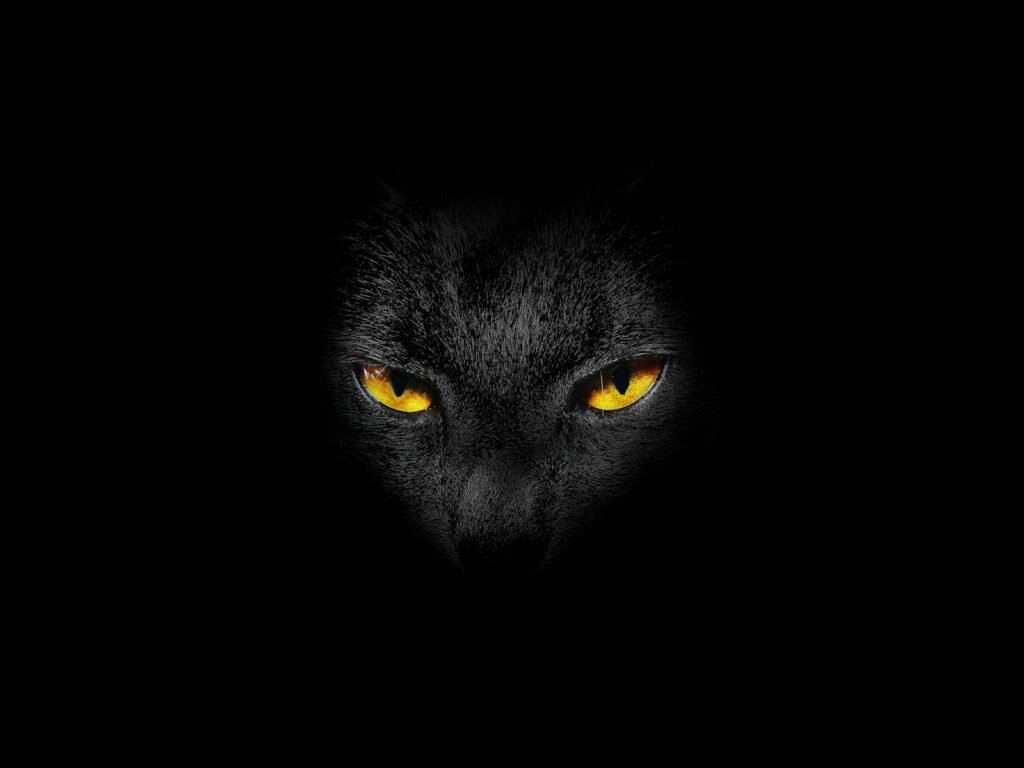
To comprehend how cats see in the dark, it’s essential to understand the anatomy of their eyes. Cats’ eyes are remarkably similar to human eyes but hold specific adaptations that enable superior night vision. Key structural differences include a larger cornea and wider pupil, both of which maximize the amount of light entering the eye.
The Role of Rods and Cones
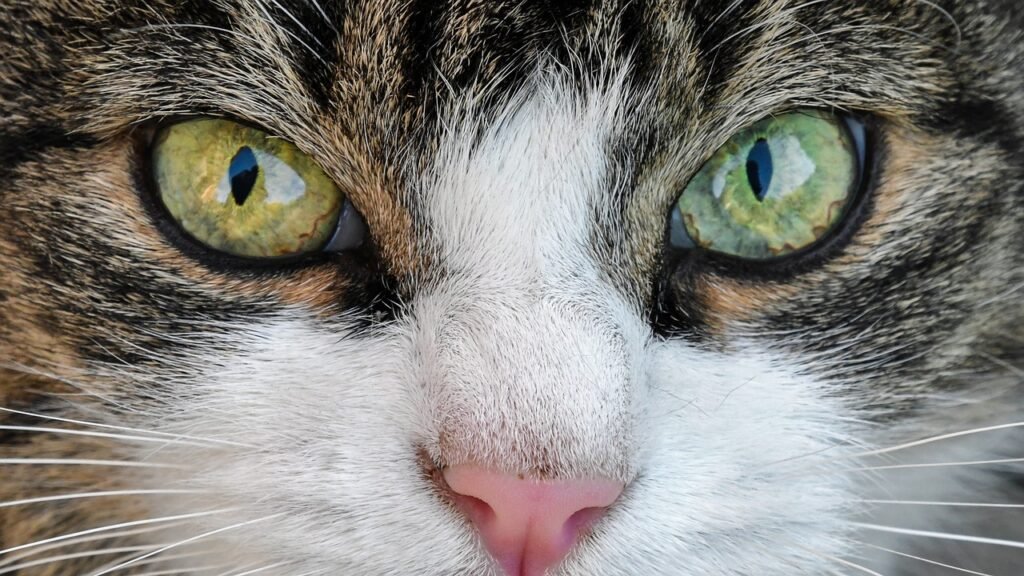
The retina, located at the back of the eye, contains photoreceptor cells known as rods and cones. Cats’ eyes have a higher concentration of rod cells, which are sensitive to dim light and motion. This allows them to detect movement and shapes even in near-total darkness. Comparatively, their cone cells, which help perceive color, are less in number, constraining their ability to see a broad color spectrum.
Tapetum Lucidum: Nature’s Mirror
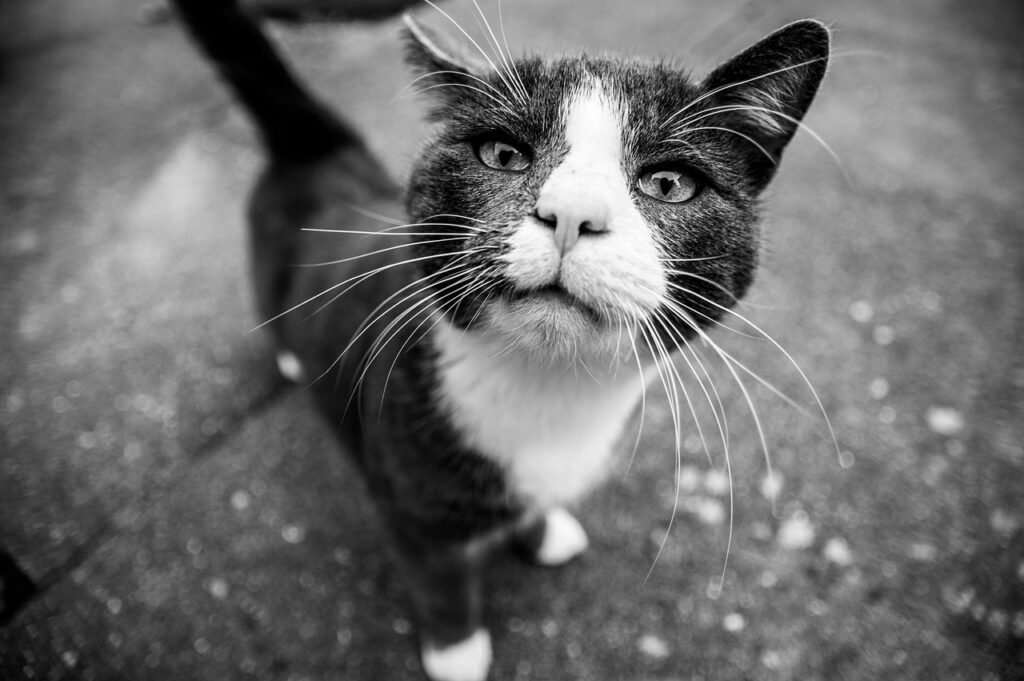
One of the most fascinating features of a cat’s eye is the tapetum lucidum, a specialized layer of reflective cells located behind the retina. This structure acts like a mirror, reflecting light that passes through the retina back into it, giving the photoreceptor cells a second chance to absorb the light. This reflection accounts for the eerie glow you see in cats’ eyes when light shines on them at night.
Pupil Anatomy and Night Vision Efficiency
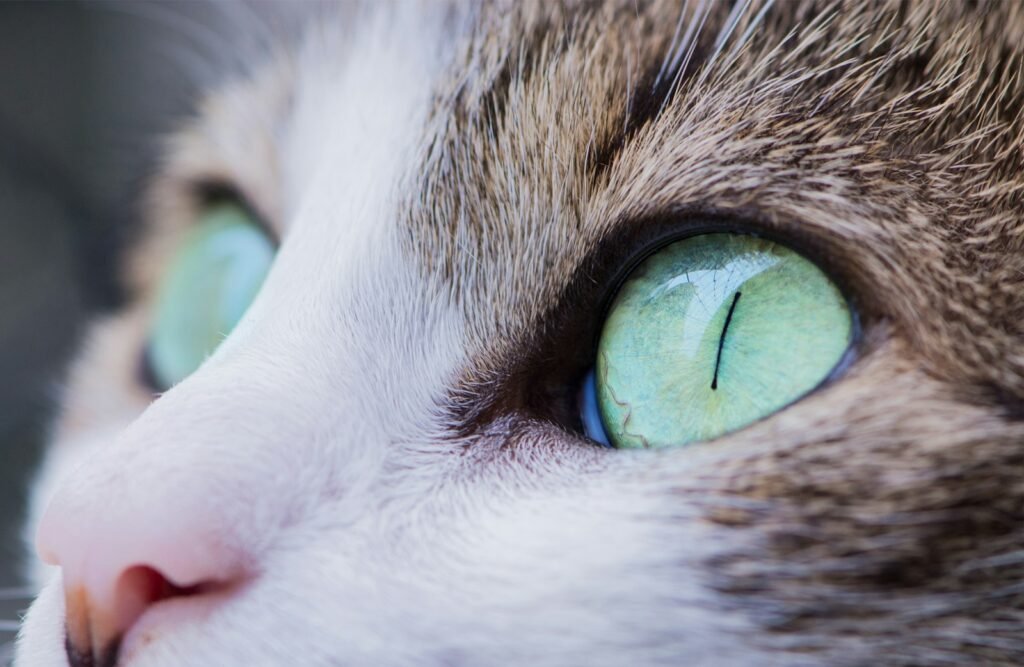
The pupils of cats’ eyes can dilate to a larger size than human eyes, another adaptation for night vision. By enlarging, the pupils allow maximum light to enter in low-light conditions. This dilation capability is critical in helping cats see at night, providing them with about six times more sensitivity to light than humans.
Color Perception in Low Light
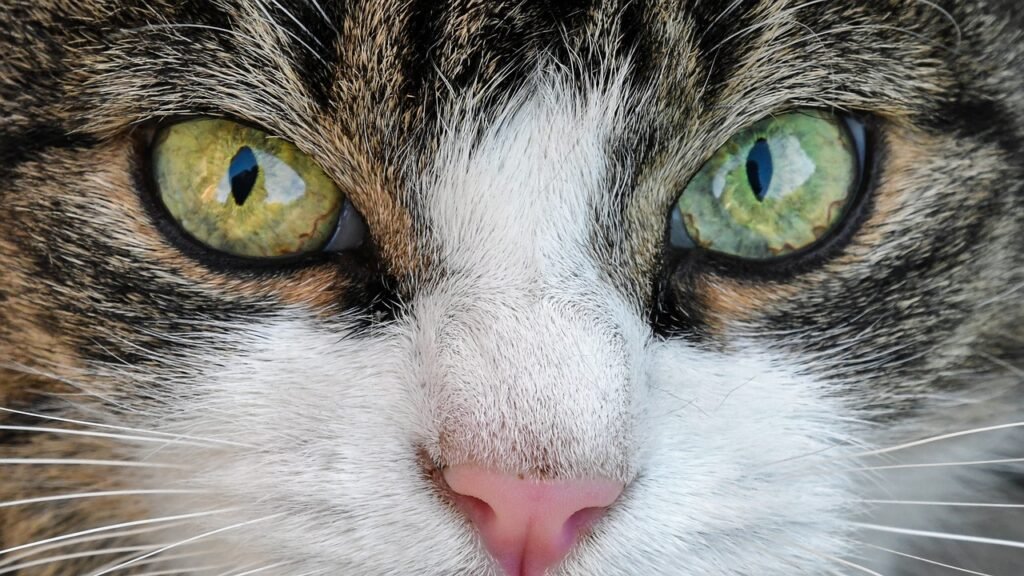
While cats have excellent night vision, it’s important to note that they do not see colors as vividly as humans do, particularly in low light. Their limited cone receptors mean color perception is somewhat muted. In the dark, cats primarily rely on differentiating shades and movement, rather than distinguishing colors.
Peripheral Vision and Depth Perception

Cats have a wide field of vision, approximately 200 degrees compared to the average human’s 180 degrees. This expansive peripheral vision allows them to detect movement at the edges of their field of view, crucial for spotting potential prey or threats in their vicinity. However, their depth perception is more attuned at certain distances, emphasizing objects directly ahead.
Adaptation to Different Lighting Conditions
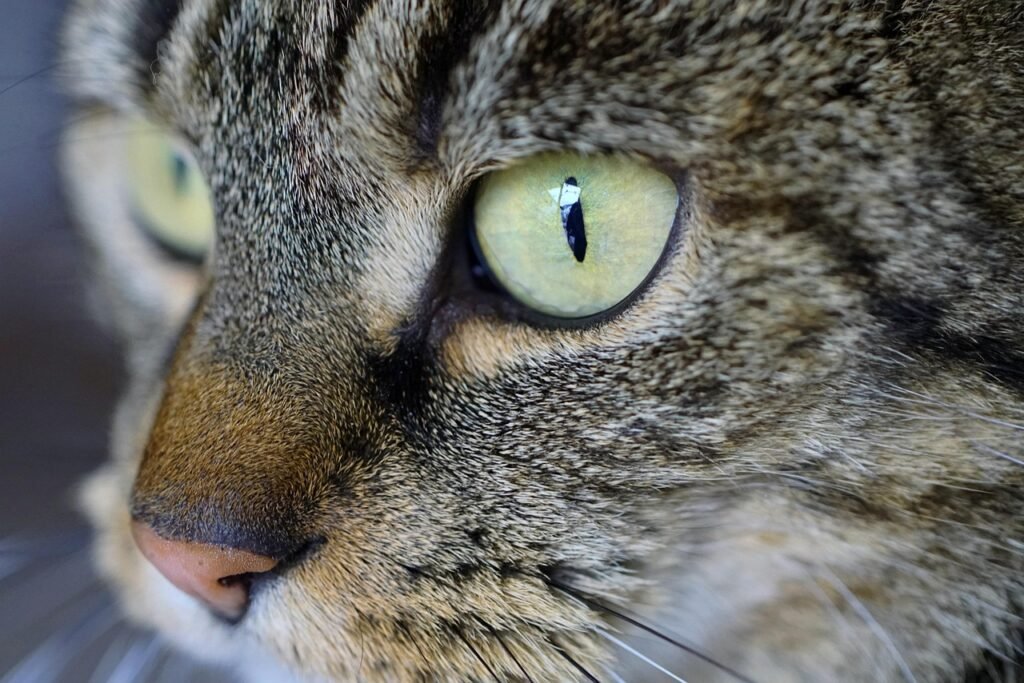
Cats are crepuscular animals, meaning they are most active during dusk and dawn. Their eyes are well-adapted to these transitional lighting conditions, rapidly adjusting from bright to low-light environments. This ability aids their predatory lifestyle, maximizing hunting success during times when their prey is most active.
Comparison with Human Night Vision
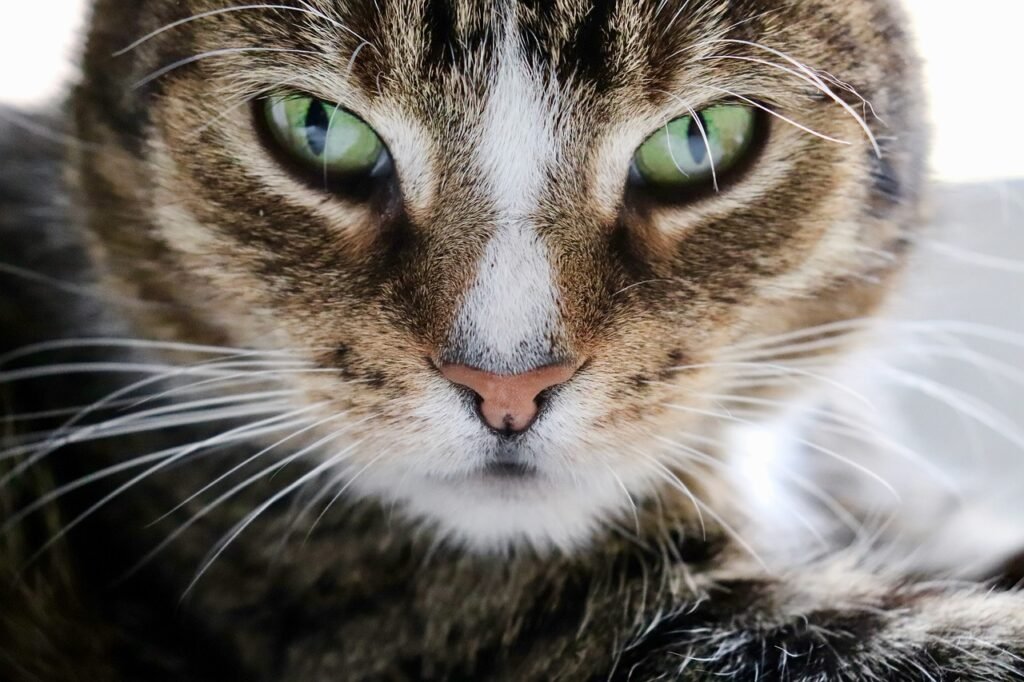
While humans struggle to see in low light, cats have a distinct advantage due to their anatomical adaptations. However, humans have better sharpness in detail and better color discrimination in bright conditions. Cats sacrifice these advantages for superior night vision, showcasing how animal vision has evolved for specific ecological roles.
Protecting Your Cat’s Vision
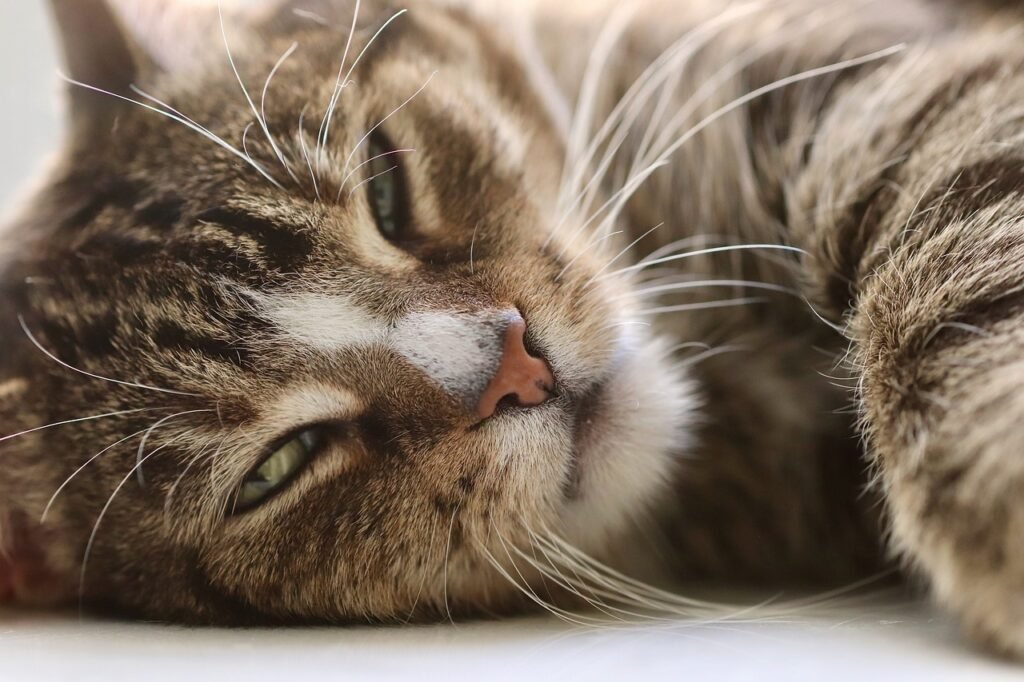
Understanding the uniqueness of cat vision highlights the importance of maintaining their eye health. Ensure regular veterinary check-ups, provide a balanced diet rich in vitamins beneficial to eye health, and minimize exposure to sudden changes in light intensity to protect your cat’s vision and overall well-being.
Conclusion
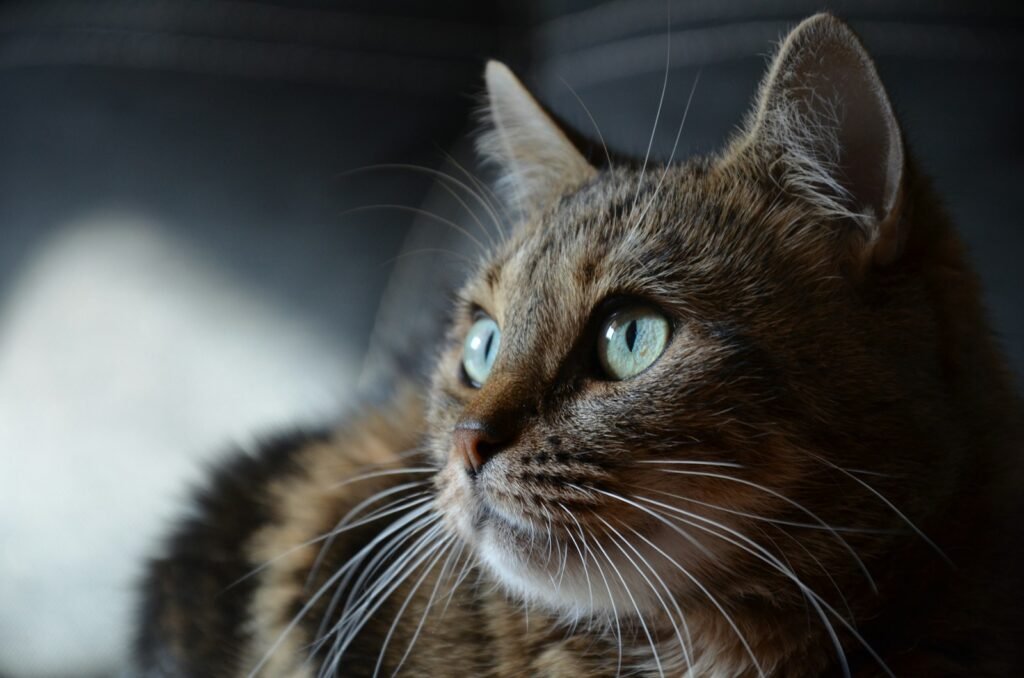
Cats’ exceptional night vision is a magnificent example of evolutionary adaptation. Their eyes are specially designed to make the most of minimal light, allowing them to be proficient nocturnal hunters. By appreciating these adaptations, we can better understand and care for our feline companions, encouraging environments that cater to their natural abilities.






